Last season, playaction passes were so insignificant that I actually forgot to tally that particular stat for my playcalling article. I have now tallied it and of the around 300 snaps I have charted just under 6% were playaction. This frequency will almost assuredly increase with Chip Long.
Chip Long showed two different categories of playaction in the Blue and Gold game. The first is called “Naked” play action and it involves the QB running toward the perimeter without any protectors, often in the face of a defensive end.
The second is what most think of “normal” playaction which I’ll call standard playaction. Within standard playaction, Long used varying degrees of fakes , with some having the QB turn his back to the defenders and others just being a very light fake .
Chip Long in his 2017 Notre Dame clinic talk described in detail several of his playaction concepts. I will go through the major ones.
But first, some quick hits.
TE “Back” Call
As previously brought up in Part 1, a “BK” pronounced “Back” call at the end of a play concept will automatically tell the tight end to start from the wrong side then motion before the snap. The advantage to this method is that the Tightend motion is vastly simplified in verbiage or complexity from other systems
Conceptual Playcalling
Essentially all players can tell how they need to line up by simply a one word call concept, regardless if they are split out, on the line, etc. This will help simplify verbiage and allow plays to be ran quicker. I’m not entirely sure how complex last year’s playcalls were, but Brian Kelly has made it clear he supports this simplification: “Quite frankly, we got a little wordy within what we were doing.”
Being Physical With The DE
In all of the Naked plays, the tight end is supposed to chip and “be physical” with the DE a little bit before releasing to his flat route. Ideally, the DE will be turned a little bit from protecting the outside, which will allow a fast QB like Brandon Wimbush to devastatingly stretch the defense with his legs.
Occasionally Waggle
All of these Naked concepts can be ran “Waggle” (with a lead blocker), which generally is a guard. This obviously gives the quarterback a bit more protection playside, and according to Greg Roman “if you really want playaction, you better pull a guard.”
Under Center
Long likes to use these playaction concepts from a variety of looks, including under center. Chip said in his Clinic Talk that the concept “Fever Special” is particularly better from under center because it sells the fake harder to the defense.
Pacer
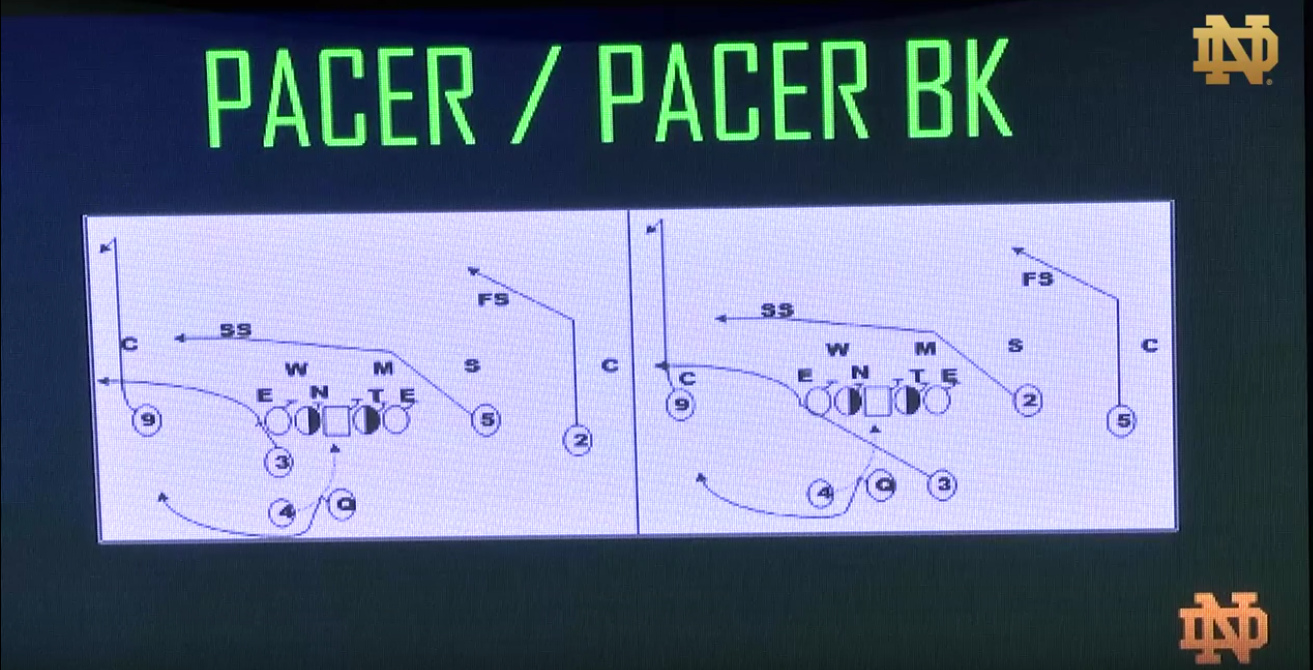
The first concept, and by far the most common in the spring game is a passing play called Pacer. Pacer is a 2×2 concept. The routes are called “Comeback” by the 9, “Climb” by the 5, and obviously “Flat” by the 3. Pacer involves a triangle stretch of the defense, which makes it rather great versus zone. The Climb and Flat routes are also pretty good versus man-coverage depending on who can win the matchup.
The QB is to read Flat-> Climb-> Comeback. In the B&G Game, Pacer was ran 5 times by my count (Roll out playactions were ran 9 total times), the Comeback was thrown 2 times, and the flat route 4, with 0 Climb routes thrown.
The verbiage of the play (and also an insight into the general verbiage) is, from what I can tell, Formation Tags-Color (Formation)-Concept, so one passing play would be called “Twins Right Red Pacer”, and another could be called “Gold Pacer BK”.
The first clip is an example of where the Flat route was thrown from Pacer. The H-Back gets a bit lost by the defense due to the playaction fake and runs to a nice easy gain.
The second clip is an example of the Comeback route being thrown on Pacer. I would not describe the motion at the begining of the play as “BK”, but rather its almost exactly the opposite: Rather than motion back to the playside before the snap, the H-Back is motioning away from it. The end of the clip has a nice closeup of a pretty nasty de-cleat.
Raider
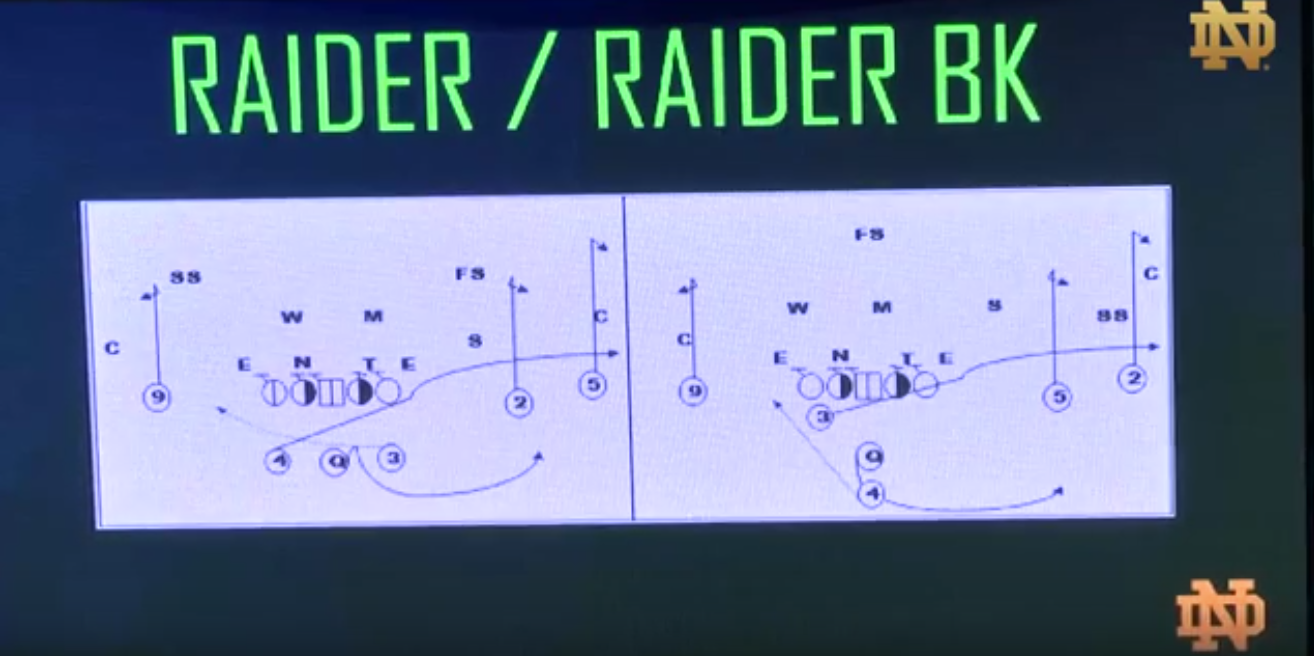
The second Naked concept Chip covered in his clinic talk was Raider, a variation on the traditional curl/flat concept, with there being two curls instead of one.
The outside WR has a 18-yard comeback route, while the slot receiver has a 10-yard settle/work off of the flat defender, which is called by Chip Long, a “bare butt” by the way. The TE is still running a flat route. Raider is a 3×1 concept. The passing progression is Flat-> Settle-> Comeback. The concept can be ran without a TE or wing player, and in this case the inside slot will run a whip route in replace of the TE’s flat route.
Raider was ran once during the B&G game by my count.
This clip somehow managed to be a interception due to a tipped ball. A quick look at this play may lead to the conclusion that Naked playaction isn’t very safe from pistol, however the H-Back basically let the DE run right at Ian Book, and that was the main cause of the breakdown of this play.
Fever
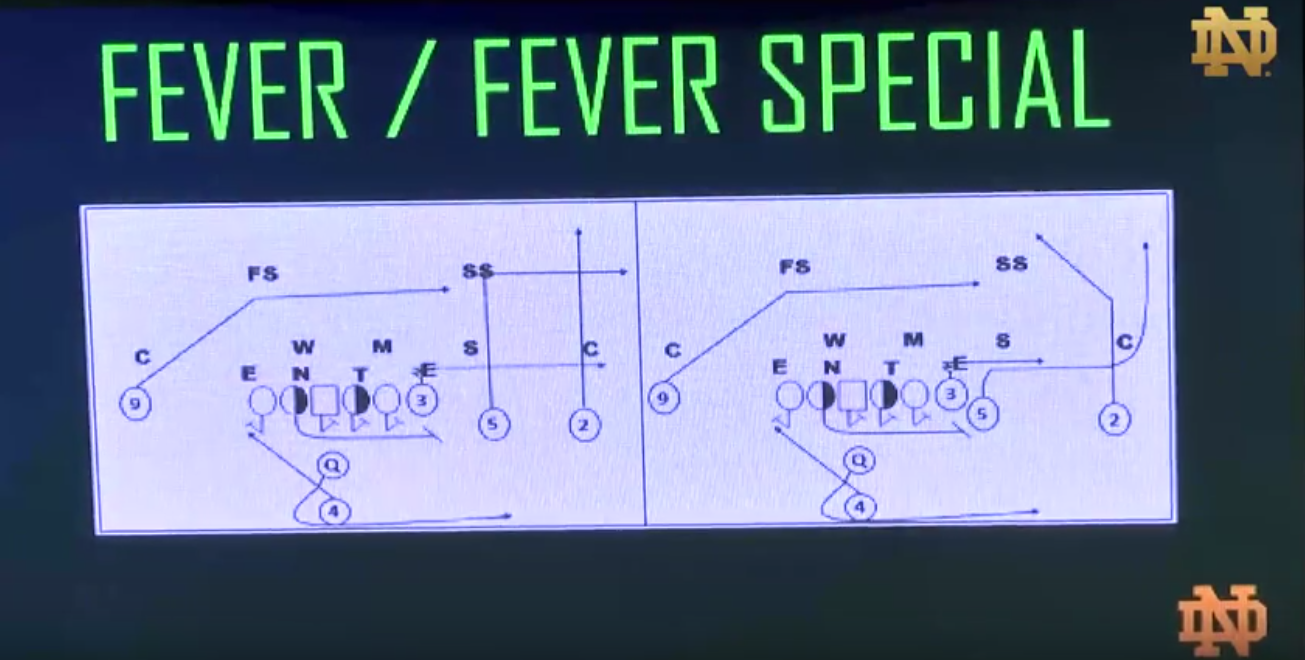
Fever is another 3×1 concept. It has two branches, the first is just simple “Fever”, which is basically just classic strongside flood. The variation is “Fever Special” which has a Run And Shoot inspired switch route in the form of a post/wheel. Chip called the #5 WR’s route a 12-16 yrd “Poor Man’s Corner Route”.
Fever was ran, by my count, three times, once as a Waggle (lead blocker by guard).
This Fever clip was technically a Sack, however in a real game situation the TE would have blocked the end-man-line-of-scrimmage a bit better. This clip is actually a variation of the Fever diagrammed above, with the Slot WR faking a post than moving to a Corner route, and the outside receiver running the Out/Poor Man’s Corner. Problem was, the Poor Man’s Corner was very poor this play causing the spacing between the TE and the WR to be basically nothing.
Standard Playaction
A lot of Standard Playaction was ran (21% of the entire B&G game by my count). Generally Pistol was used for hard fakes, and Shotgun for lighter ones. You can watch the cutups here . I won’t bother with diagramming the passing concepts, as the TV angle isn’t particularly great most of the time with these being more “Shot” plays.
Conclusion
I hope after reading this, or just clicking on the pretty videos, that some may have a little bit extra to think about on Saturdays this fall when diagnosing why Brandon is running for his life from monster athletes who are right behind him.

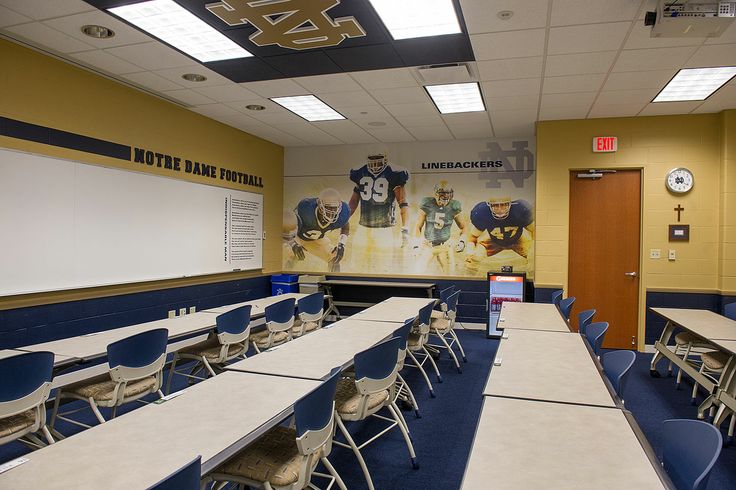

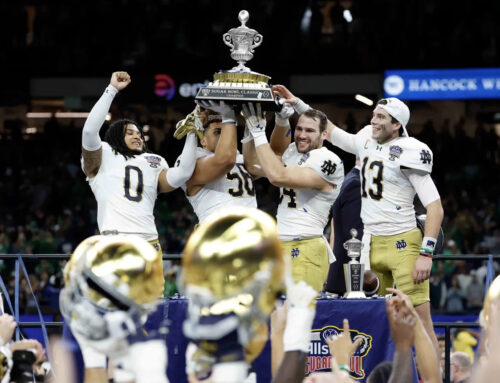
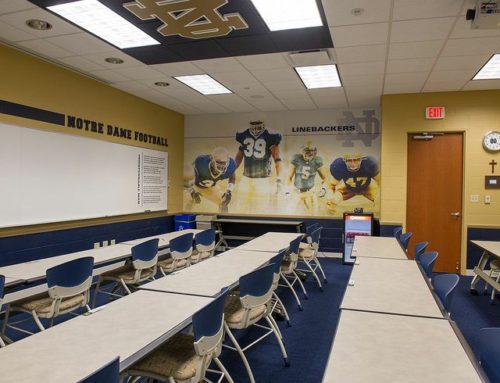
I love the action with the H-Back slipping out into the opposite flat. Make a DE or LB have to decide to commit to Winbush or the receiver, and you have the potential for a huge play. Even in a situation where the defense covers it perfectly, you could potentially end up with Alize covered by a LB and a DE trying to take Wimbush one-on-one with no help nearby. I’ll take that situation 100 times out of 100. Sure, it’s going to result in a lot of gains of less than 10 yards, but the potential for a mismatch that results in a big play is going to be there all the time with Wimbush’s wheels and the potential receiving mismatch for Alize.
Not to mention that all of this misdirection is sure to open up more lanes for Adams, which is never a bad thing. Really, the only downside I see in any of those videos is quite a bit of execution failure, which hopefully will get cleaned up. The TE or pulling lineman has to at least chip the DE, to both sell the run and to give Wimbush that extra quarter second to size up the field. If they get that down, this play is going to be tough to stop with Wimbush’s speed.
This is a great summary concept, thanks! As far as execution failing, I touched on that a bit in my first post, and probably should have here, my theory is that the h/te was not supposed to be physical during the bg game due to injury concerns, chip long went over many clips of how they generally do it.
Yeah I definitely think you’re right there. It doesn’t seem like in an actual game scenario that they would just completely ignore the chip like that. They might fail and whiff on the block, but I doubt we will ever see them just let the guy run free. Good call.
Great read! No ND-specific site is doing any analysis with anywhere close to this level of detail and depth. I really appreciate the example videos—they make it much easier to envision what to look for in the future.
Just a bit of advice—you use “ran” as a passive verb several times in this article, but it should be the past participle, “run.”
I’m happy you liked it. I do agree broadly, but Jamie Uyeyama from Irish Sports Daily is a dear friend of 18S, and he has some eye popping film pieces from time to time (when he does the film and not other posts).
Its a real shame that there isn’t more Film work done, I’d love to sit down with other Site’s film people and just do a roundtable of favorite plays or something, it would be real fun. This “scene” is not large enough to be a zero sum game: we can all “win”.
Larz/E/Burger are the real crème of the crop (in regards to film), I’m just happy I managed to get into a site where I can work with them.
Thanks for the editing advice, I’m probably mechanically pretty bad at “writing” but I feel like I have enough of the other parts done well that it makes up for it, but I do try to get better every day, so to say.
I agree that Jamie U puts out a lot of great film analysis. I’m an ISD subscriber and he’s a big part of the reason, though I feel like the film breakdowns I see from him over there are mostly player-specific focusing on technique. I love the scheme-focused articles you and the rest of the 18S guys put out, as well as Mike B’s advanced stats stuff. Basically, I just love 18S.
Happy to help. Writing is like anything, you get better at it the more you do it! (so keep the content coming!)
I’ll try to keep it up!
I loved DIB. Keep dropping the knowledge on us.